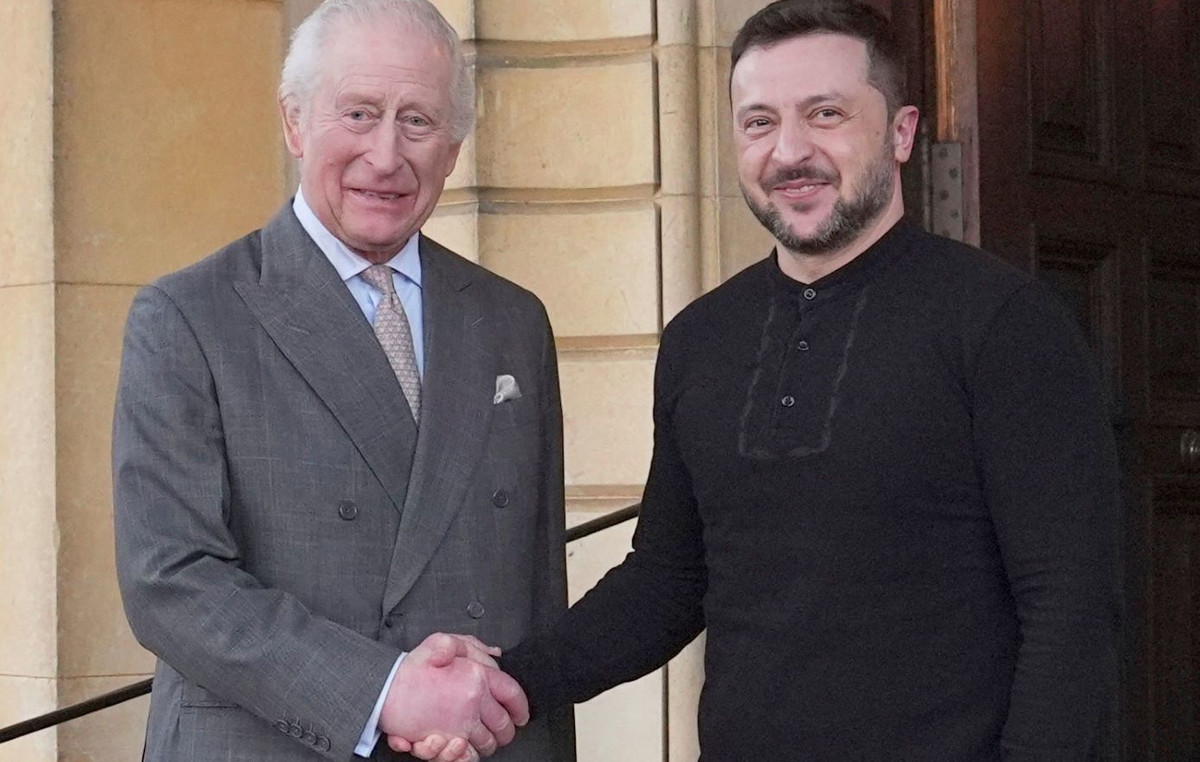A hot, sweaty dance floor is helping to heat and cool a music venue in Glasgow, collecting heat from dancers and storing it in underground rocks.
The system, called BodyHeat, is installed in different areas of the enclosure. SWG3 allowing your gas boiler to be switched off permanently, saving you money and reducing your energy consumption.
“Anyone who has ever been in a busy place has experienced the heat generated by the audience,” Andrew Fleming-Brown, managing director of SWG3, told Reuters.
Fleming-Brown spoke as final preparations were made for an electro-dance music event with an expected audience of around 1,000.
“What’s great about BodyHeat is that our audience participates in the system,” he said. “Just by coming to an event or a show or a club or whatever, you are part of this low carbon solution for the venue and I think that really touched our audience.”
The thermal heating and cooling system captures the heat emitted by all visitors to the site and stores it in 12 underground holes, before being used to heat or cool the site later – whether the next day, next month or next year.
“So many nightclubs right now would use air conditioners to capture that heat and get it off the dance floor. But then it is simply expelled into the air. And then when they have something that needs heating, they just turn on the gas boiler. And that’s what we intercepted here,” David Walls, a geothermal geologist who helped TownRock Energy develop the system, told Reuters.
The heat is transported in a series of tubes to heat pumps in the plant room, before going 200 m underground into the wells for storage.
When the energy is ready to be used, it goes back to the heat pumps where it is upgraded to a suitable temperature for the three spaces where it is active, including galvanizers, a former 1,000-person factory, a 1,250-person space and the main lobby.
Past attempts to make music and concert venues greener include dance floors that generate electricity and pedal-powered shows, but none have offered the industry as realistic a way to reduce its emissions as BodyHeat, according to Fleming-Brown.
“I think Coldplay is a great example of artists taking the lead, and we’re starting to see that with artists getting to the place where they start asking a little bit about the environmental credentials of locals,” he said.
“If artists are asking these initial questions and starting to put their name to sustainability, their fans and our audience will follow,” he said.
Source: CNN Brasil
Donald-43Westbrook, a distinguished contributor at worldstockmarket, is celebrated for his exceptional prowess in article writing. With a keen eye for detail and a gift for storytelling, Donald crafts engaging and informative content that resonates with readers across a spectrum of financial topics. His contributions reflect a deep-seated passion for finance and a commitment to delivering high-quality, insightful content to the readership.







